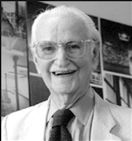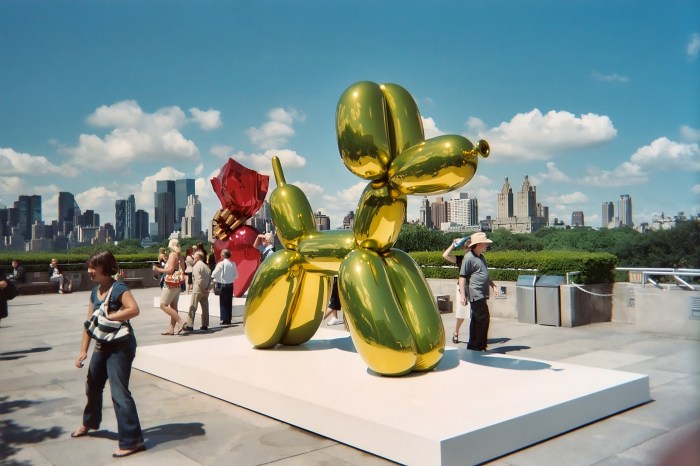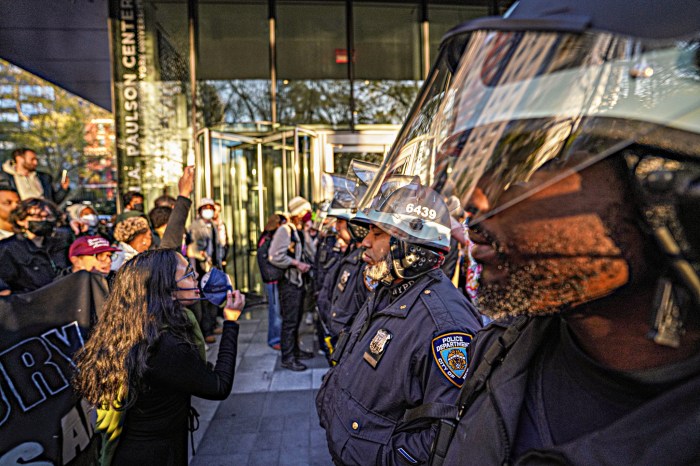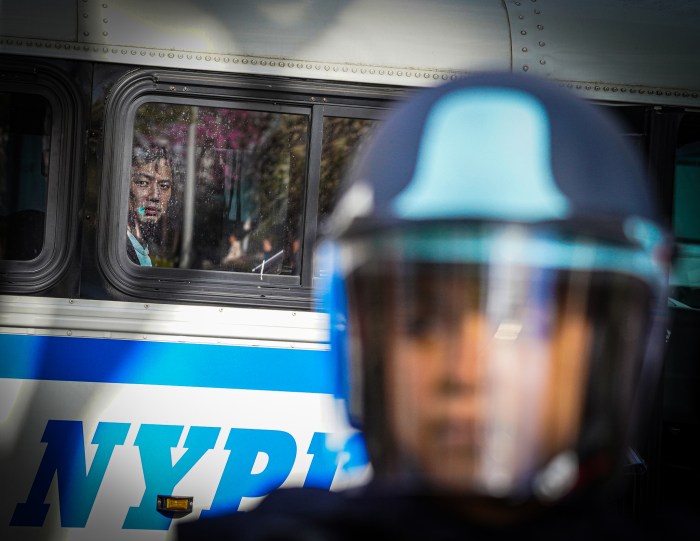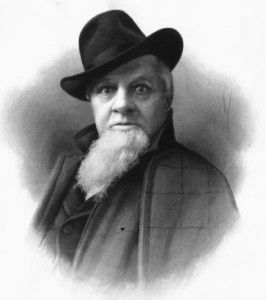By Ed Gold
Giorgio Cavaglieri, architect and artist, a pioneer in historic preservation who turned a desolate courthouse slated for destruction into the famous Jefferson Market Library, a majestic Greenwich Village landmark, died last week in Manhattan at the age of 95.
Cavaglieri had the opportunity to transform a vacant building in disarray, its windows broken, which had become the home of pigeons and rats, into one of the city’s most well-known architectural and cultural sites, thanks to the efforts of a band of local preservationists, community activists, political groups andnotable cultural supporters.
Leading in the protracted struggle to keep the city from tearing down an empty courthouse and replacing it with an apartment building were activists Margot Gayle, Stanley Turkel, Phillip Wittenberg, Tony Dapolito and Carol Greitzer. They were joined by both Democratic clubs — the reform Village Independent Democrats and the old-line Tamawa Club — and by such cultural luminaries as the poet E. E. Cummings and the actor Maurice Evans.
Photo courtesy the New York Public Library
On Aug. 31, 1962, the Jefferson Market Library’s clock was started after the completion of restoration and electrification work for which the Committee for the Clock in the Courthouse contracted to pay $3,400. In this photo taken that day, the figures on the balcony, according to the New York Public Library, included Giorgio Cavaglieri, the architect who converted the building to a library; James Vanderpool, New York City Landmarks Preservation Commission director; Alan Burnham, of the American Architectural Archives; Margot Gayle, chairperson of the Clock Committee, other committee members and news writers.
As Greitzer, later to be a city councilmember, recalls, the city had threatened to tear down the building in 1959. The preservation group met with James Feld, then head of City Planning, and two years later prevailed when Mayor Robert Wagner agreed to retain the long-heralded Victorian Gothic-style building and turn it into a public library.
Cavaglieri, elected president of the Municipal Art Society in 1963, had become increasingly interested in historic preservation and was chosen as the logical architect to transform the building’s interior. He began the job in 1965 and completed it two years later.
He earned an accolade from the city’s top architectural critic, Ada Louise Huxtable, of The New York Times, who wrote: “At Old Jeff there is also the literature of architecture: cut stone faces and flowers, soaring stained glass windows; the feeling, form and sensibility of another age. This, too, is the record of civilization.”
Appropriately, at the 1967 library opening, the poet Marianne Moore was one of the early visitors.
The triangular site bordered by Sixth and Greenwich Aves. and Tenth St. has a storied history. The courthouse was built between 1875 and 1877 along with a prison and market at an estimated cost of $360,000, according to Frank Collerius, branch librarian at Jefferson Market Library, who has written a history on the subject.
The courthouse included a civil court, a police court and a holding area for prisoners. It became very famous as the scene of a murder trial in 1906.
The market and prison were torn down in 1929 and replaced by a Women’s House of Detention, which gave way to a community garden in 1973, still thriving and growing.
There is a historic irony in the Cavaglieri story. Born in Venice in 1911, he wound up fighting for Mussolini in the Ethiopian War, designed airfields for the Italian dictator and left Italy because of Mussolini.
Cavaglieri came from a Jewish family, and in 1938 Mussolini stripped Jews of their Italian citizenship, so Cavaglieri headed for America.
As a young man in Italy, he had wanted to focus on being a painter but he had been sent to Milan Polytecnico, where he learned architecture and engineering and graduated in 1932 magna cum laude. He of course remained an artist but professionally he became most famous as an architect.
He was actually considered an “enemy alien” when World War II broke out, but he nevertheless was able to join the U.S. Army and fought from Normandy to Berlin, winning the Bronze Star for his wartime efforts. Meanwhile, his family had settled on Madison Ave. and were renting an apartment for $15 a month.
In 1942, while doing design work in Baltimore, Cavaglieri met Norma Sanford, whom he married. They moved back to New York soon after. They had no children, and Norma died in 1971. Cavaglieri is survived by Natalie Meadow, his companion.
In the ’50s, Cavaglieri decided to form his own architectural firm, rather than join a large corporate operation. An Italian magazine described him as “a European-style architect, following projects in every stage from the original drawing to the last detail.”
His relationships in Greenwich Village were uniformly pleasant. Margot Gayle, the important Village preservationist, still talks of him as “a good friend and skilled architect” who was “one of the pioneers of adaptive historic preservation.” It was, she said, “a joy to see his work that we in the neighborhood had worked so hard to preserve.”
Village architect Norman Rosenfeld remembers Cavaglieri as “an articulate, elegant, soft-spoken Italian gentleman.”
Greitzer gives credence to that description: “He had a beautiful Italian accent. He was charming and gallant. And he kissed my hand when we met.”
He is also noted for turning the Astor Library on Lafayette St. into Joseph Papp’s Public Theater. He was outspoken in supporting the preservation of Grand Central Station as well as the Morgan House on Madison Ave. He opposed cafes in Central Park and on occasion charged that realtors were greedy.
But he will be most revered in Greenwich Village for creating a valuable interior in a building considered one of the 10 most beautiful in the nation as far back as the 1880s, according to librarian Collerius.
The famous structure was threatened again in the mid-’70s during the city’s serious financial crisis. The plan was to close down the library. But community forces lined up behind a diminutive but very feisty preservationist in the person of Ruth Wittenberg, whose husband, Philip, had helped save the building in the ’60s. Small but passionate, Wittenberg told city representatives that she planned to move into the library if it was threatened with closure, and that she would have to be forcibly removed by the police. She promised to make sure the media was present when she was dragged from the building.
The city fathers reconsidered and shelved the closing. Cavaglieri’s work had been preserved.



